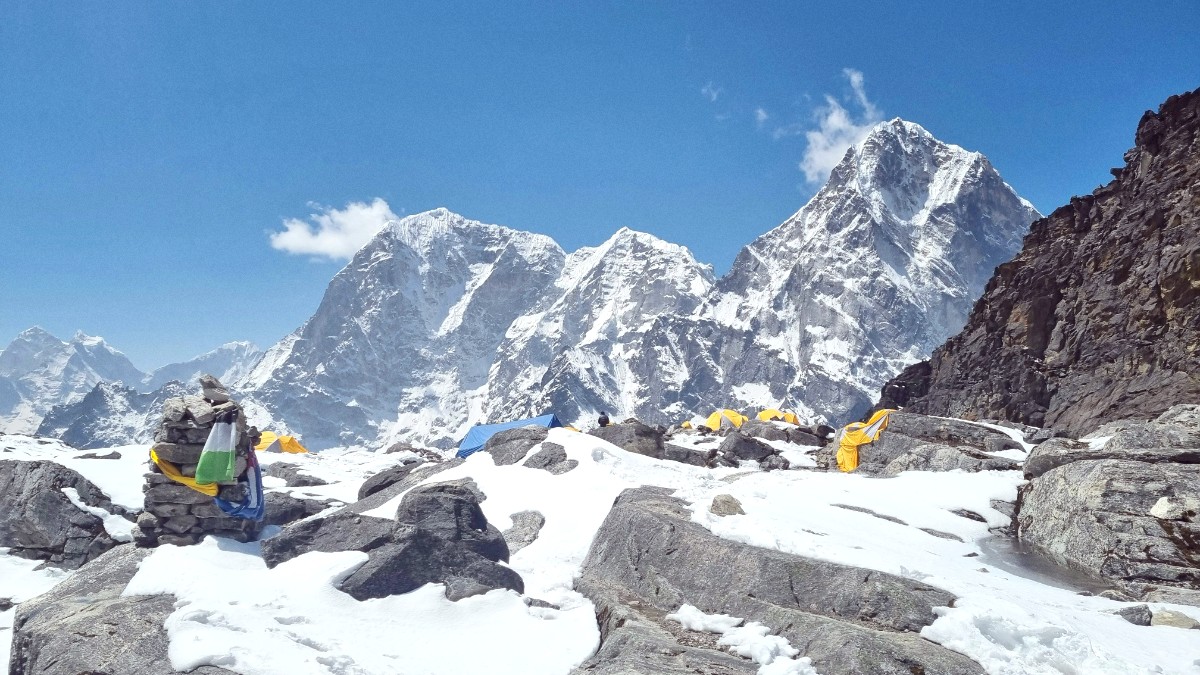
Nepal
For budget-conscious and social travelers, Kathmandu has many hostels, specifically in Thamel, close to shops and dining.
Family-run guesthouses offer basic to comfortable rooms. Mid-range hotels include more amenities like air conditioning (seasonal).
Kathmandu includes international chain hotels (e.g., Hyatt Regency, Marriott, Radisson) and boutique luxury properties.
Platforms such as Vrbo or Airbnb offer apartments for rent, good for longer stays.
Small, two single beds with thin foam mattresses. Walls are often thin plywood. Shared bathrooms.
Every teahouse includes a communal dining hall with a central stove for warmth, a gathering point for trekkers.
Electricity for charging devices, Wi-Fi, and hot showers are available, typically at an extra charge, reliability varies.
In larger villages like Lukla or Namche, higher-end lodges may include private bathrooms, better insulation, and more comfortable beds.
Choosing where to stay in Kathmandu frames your city visit. Each neighborhood offers a distinct atmosphere and access to attractions.
Thamel is central, offering easy walking access to Durbar Square, the Garden of Dreams, and various shops.
For your initial nights in Kathmandu, Thamel is practical. It concentrates trekking agencies, gear shops, and currency exchange services for last-minute preparations.
Effective booking strategies save time and secure preferred accommodations.
A luxury that becomes less common and more expensive the higher you go. Usually bucket showers or gas-heated showers, with varying reliability.
Available for charging devices, typically in the dining hall, and often charged per device per hour.
Available in most teahouses, but often slow, especially at higher altitudes, and charged per hour or for a daily pass. The service can be unreliable.
This table outlines differences between basic and upgraded teahouse experiences on the EBC trek.
Small twin room, often with thin plywood walls; basic foam mattresses, simple beds.
No heating in individual rooms. Central stove only in the communal dining hall, usually lit in the evening.
Better insulated twin rooms, often with thicker mattresses and more robust construction. Some may include attached bathrooms.
Some higher-end rooms may include electric blankets (paid extra) or small space heaters. Dining hall is the main heated area.
Basic Nepali/Tibetan cuisine, consistent menu. Focus on carb-rich, energy-dense meals.
Slightly wider menu, better presentation, and sometimes more variety of baked goods or Western options.
Expect simplicity. Rooms are for sleeping, not lounging. Privacy is limited due to thin walls.
Rooms are generally unheated and can be very cold at night, especially at higher altitudes. A good sleeping bag is a must.
During peak season, teahouses can fill up quickly, especially in popular overnight stops. Your guide usually calls ahead to reserve.
Teahouses offer an unique cultural immersion, allowing interaction with other trekkers and local Sherpa families. Embrace the communal atmosphere.
The experience centers on simplicity and resilience, focusing on the journey and natural beauty rather than luxurious lodging.
Adapting to basic conditions is part of the high-altitude trekking adventure. A positive attitude is beneficial.
Good preparation with appropriate gear (especially a warm sleeping bag) greatly improves comfort.